AI Answer Evaluation Platform Live Now. Try Free Answer Evaluation Now
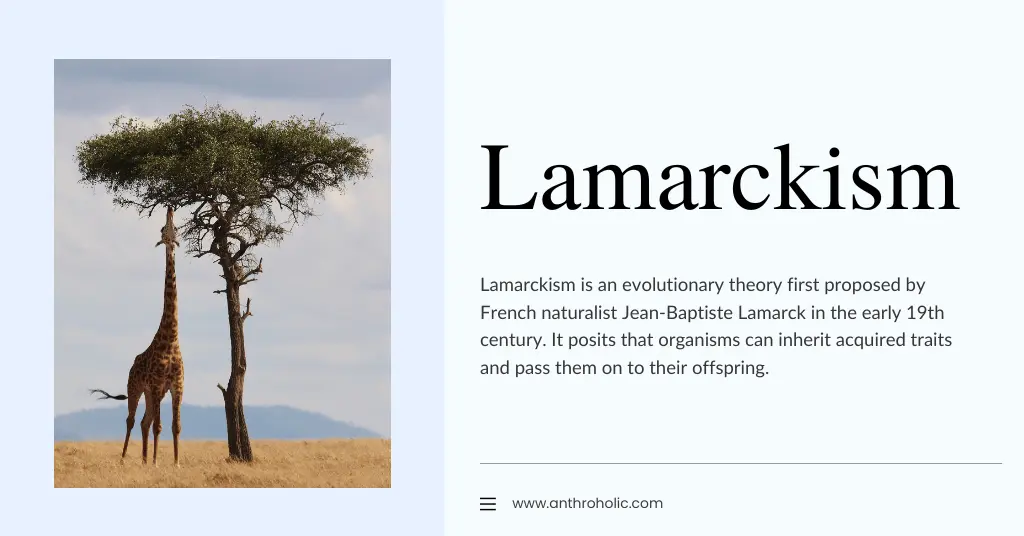
Lamarckism
Lamarckism is an evolutionary theory first proposed by French naturalist Jean-Baptiste Lamarck in the early 19th century.
+91-7303290503, +91-9557169661 | MON to SUN 10:00 AM - 6:00 PM

Lamarckism is an evolutionary theory first proposed by French naturalist Jean-Baptiste Lamarck in the early 19th century.
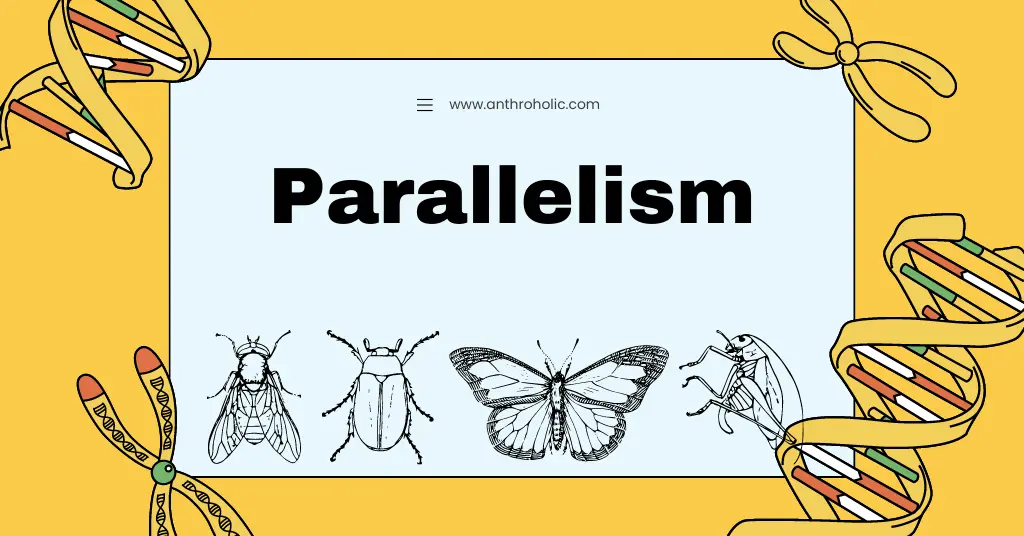
Parallelism refers to the independent evolution of similar traits in different species, often as a result of facing similar environmental pressures.
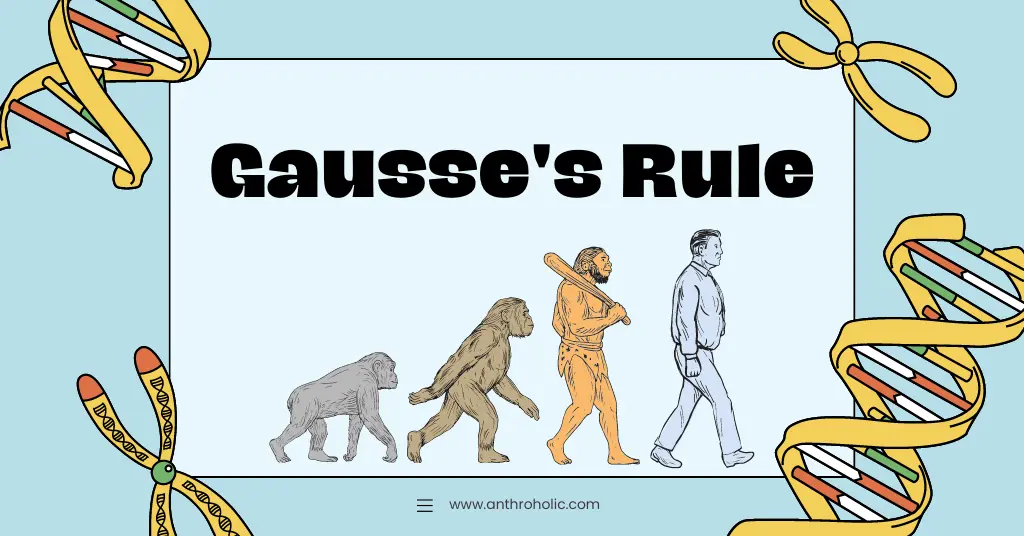
Gausse's Rule is a fundamental principle in the study of evolutionary biology. This rule, named after the renowned biologist Pierre Gausse,

As two closely related groups in the animal kingdom, humans and apes share many similarities and differences. This article provides a comprehensive comparison
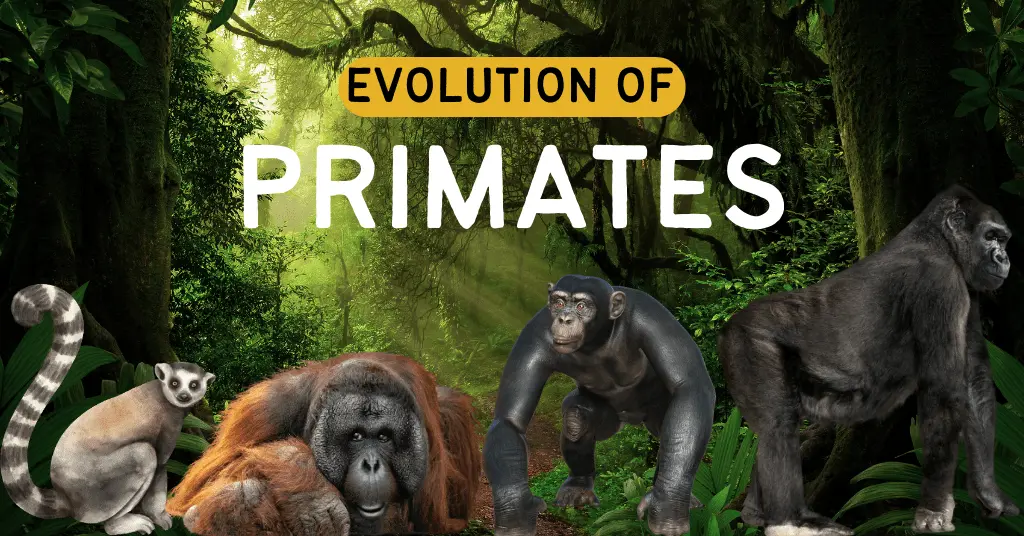
Understanding the evolution of primates is crucial for understanding human origins, as well as the origins of our closest living relatives.
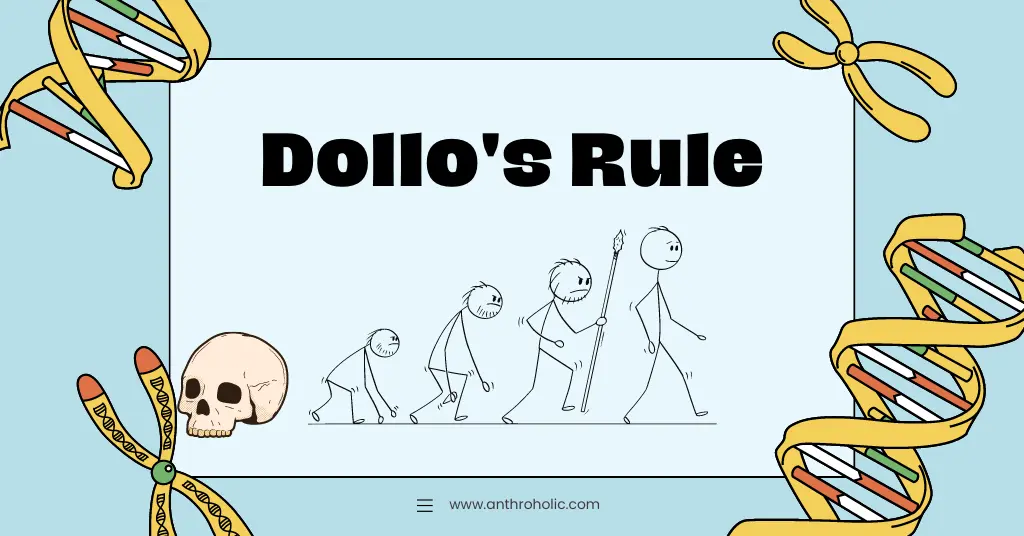
Dollo's Rule, named after the Belgian paleontologist Louis Dollo, is a principle in the field of evolutionary biology

A cataclysm is an event that causes widespread devastation and upheaval, often resulting in significant loss of life, property damage, and long-term consequences.

This article will explore the biological and cultural factors that have played significant roles in human evolution, as well as examine the interactions between these factors.

The human evolution timeline from 33,100 years ago marks a pivotal moment in the history of our species. At this time, anatomically modern humans
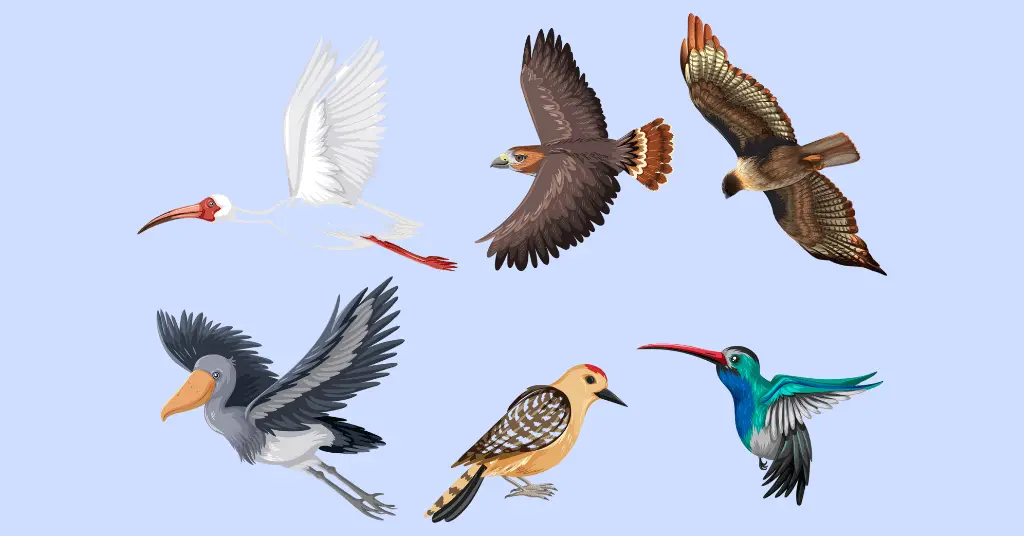
Speciation refers to the process by which new species arise from existing ones. It is a fundamental concept in evolutionary biology that explains the diversity of life on our planet.
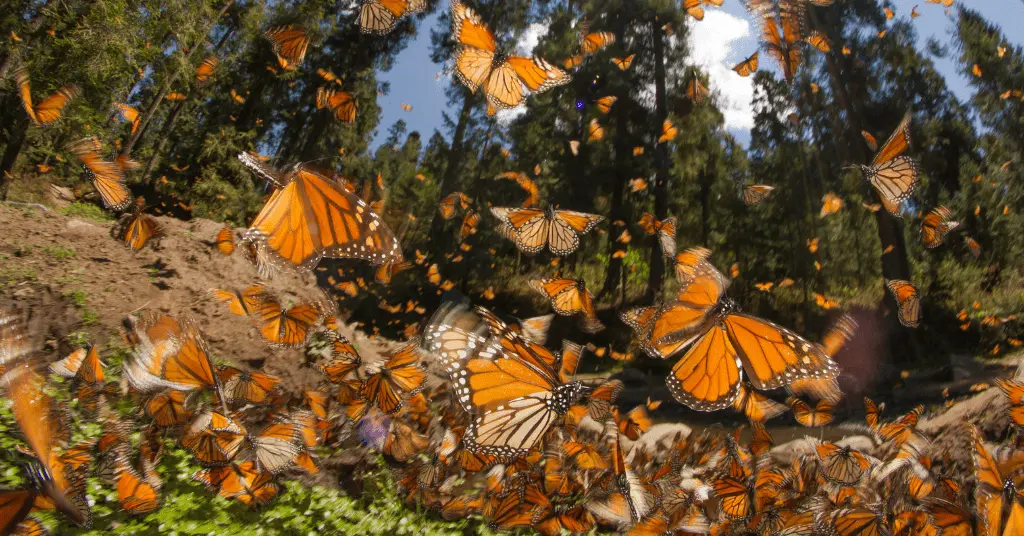
Adaptive radiation is a biological phenomenon in which a single ancestral species rapidly diversifies into multiple new species, each adapted to a specific ecological niche or habitat.
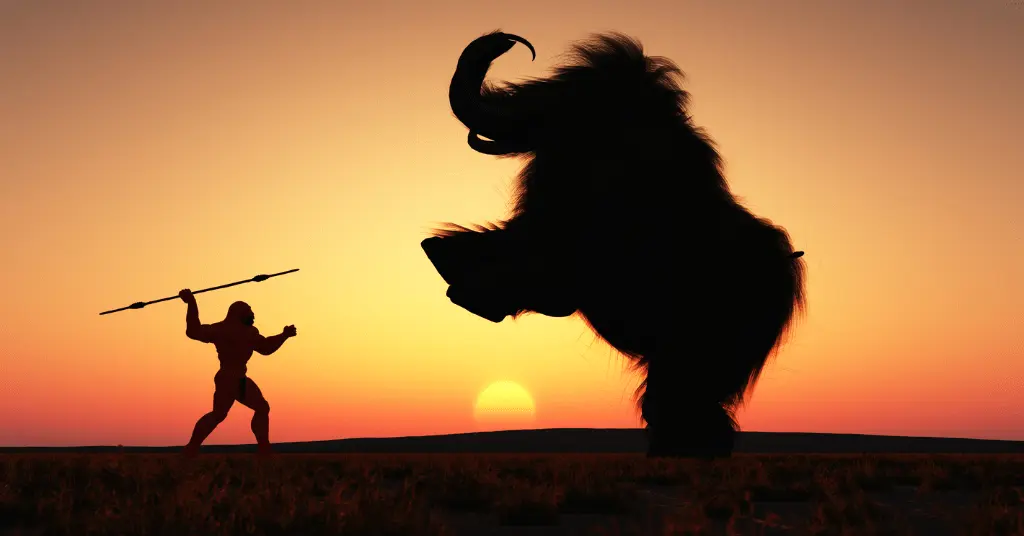
The idea behind "survival of the fittest" is that organisms with traits that are advantageous for survival and reproduction are more